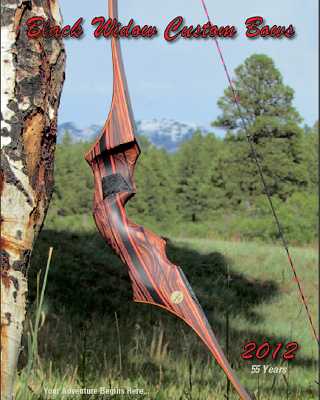( btw... i ran a par instead of a .001 taper on this one due to the draw weight getting below 45# for better stability).
Using a Parallel verses a .001 stack taper your limb thickness at the recurve is thicker, I can see that helping stability.
A couple questions about Recurves
What is your glass width (1-3/4") and width taper shape on the limbs?
Also how long is the width taper?
I'm guessing you working limb is around 18"?
With your butt wedge being .025 taper you should be bending about 4-1/2"/5" of it?
I always start out with 1.75” glass and then run them down parallel and checking them for true 90 degrees. They come out about 1 5/8” width when mounted on the riser. My width taper profile template is 1 5/8” that travels pretty much straight until it hits the fades about 5” off the riser then a straight taper to 3/4”.
My finished width profile sometimes comes down to 1.5” to 5/8” tip width. Sometimes down to 1/2” tip depending on adjustments for tracking and sting groove depth. They are all a wee bit different depending on rough draw weight vs finished draw weight.
These Bare limbs, or even the stock Bear limbs are odd ball length. The risers are 1/2” longer than ILF risers going 15.5” for an A riser 19.5” for a B and the #2 limbs run 21” and #3 at 22” length. The wedges on these limbs are shorter than my Sasquatch limb design and the working potion of the limbs are a bit shorter too. I use the same geometry of the Sasquatch SS RC, but lay the limb pad angle back to match the Bear risers and their funky wedge system.
Measuring the working portion of a limb may be different for different bowyers. I use fade tips on the wedge to the fade tips of the tip wedge for my log WL entries. Typically around 10-11” . I believe this is where the majority of the energy is stored. But…. The butt wedges flex a bit at the fades as well as the area going into the tip wedge…. So the actual portion of the limb bending is a bit longer than my log entries…. So with static tips the working portion will be shorter than a working recurve limb where the hooks open up. For performance reasons as well as better string angle and extended draw length maximum, I prefer the static tip design personally. I’ll often leave an internal tip wedge out on low poundage recurves running a par or reverse taper, and still get a static tip out of it on shorter draw length… now I have a low poundage bow with a long draw length, I’ll use both the tip wedges and the exterior RC overlay….. the key to torsional stability in these glass recurve bows is limb thickness at the base of the curl. That’s why some guys struggle with building fast taper RC limbs at lower draw weights. A 55-60 # RC with an .002 forward taper is still manageable. But anything under 55# I’d recommend an . 001 max taper rate just using glass.
Did this answer your questions bro? Kirk











